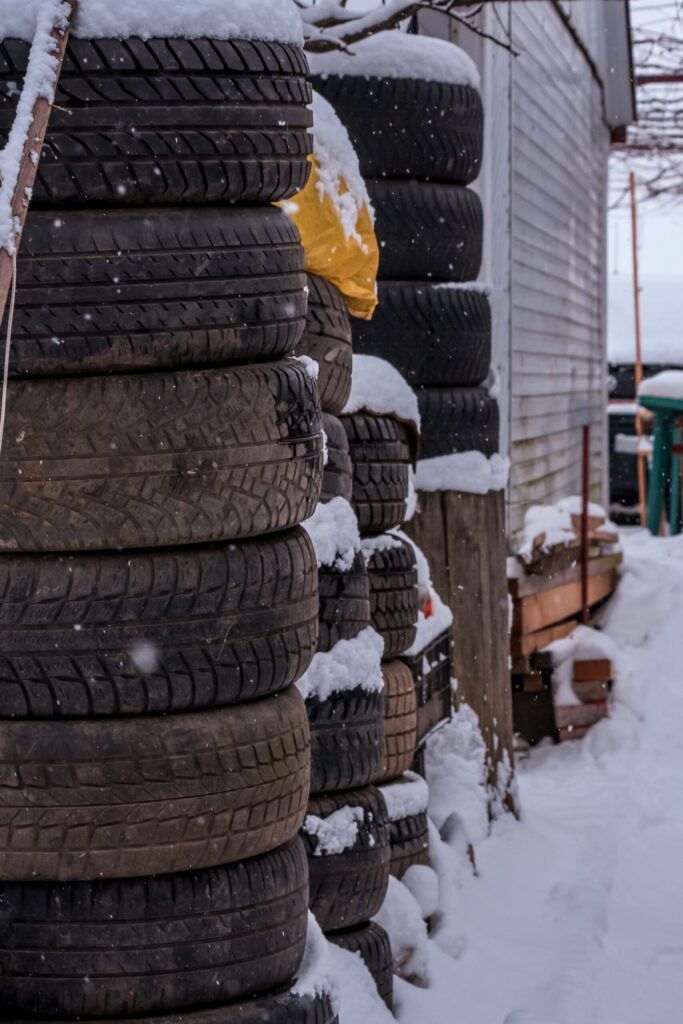There are different types of tires available. Car owners can buy tires depending on the driving and weather conditions of the place where they live. Some parts of the world witness extreme summer and winter conditions. And, temperature varies throughout the year.
These weather changes demand vehicle maintenance accordingly. And, availability of winter and summer tires has eased it for motorists to equip the tires according to the conditions.
In this guide, we will discuss the difference between summer and winter tires.
Ideal Temperature Difference Between Summer And Winter Tires
Summer and tires vary from each other in most aspects. From composition to maintenance, winter and summer tires offer different functionality. Each tire is designed to function in specific weather conditions.
Compounds with different properties are used to manufacture and ensure that both types of tires provide performance in different weather conditions. These tire compounds are distinguished by the ideal temperature.
The compounds of winter tires remain flexible at temperatures below 7⁰C whereas summer tires function better at above 7⁰C. Let’s take a look at some major differences between winter and summer tires.
Composition
The composition of each tire is different. Summer tires consist of the following materials:
- Natural rubber
- Styrene-butadiene rubber
- butyl and halogenated butyl rubber
- Whereas, winter tires are composed of the following materials
- Natural rubber
- Aromatic oil
- Butadiene rubber
- Carbon black
- Silane coupling agent.
Grooves
Most summer tires don’t have many grooves. However, they have specially designed bars on the treads to dissipate water and mud. This provides better grip at higher temperatures and dry or wet roads.
Contrary to summer tires, winter tires have tiny grooves to disperse water. These tiny grooves provide a great grip and traction on snowy or icy terrains.
Tread Pattern
The summer tires are designed with shallow tread depth supported by solid ribs. These bigger tread blocks provide enough braking ability on wet and dry roads.
However, winter tires have a deeper tread pattern. Moreover, smaller repetitive cuts on winter tires collect snow when you drive over them.
Performance
The summer tires are hard and brittle that provide an impressive braking distance and grip on dry roads. On the contrary, winter tires are prepared from softer materials and moderate temperatures can affect their functionality.
How To Distinguish Between Summer And Winter Tyres?
It is difficult to identify the tire type physically. Here are some ways to differentiate between tires.
Tires have marks such as ‘Temperature A’. The ‘A’ indicates high temperatures, ‘B’ indicates moderate temperature and ‘C’ indicates extreme temperatures.
Winter tires have three-peak mountains with snowflakes symbol embossed on tires.
The grooves and treads can help distinguish between different types of tires.
These were all the differences between the summer and winter tires. You should always make tire changes according to the weather and road conditions around you.

Pingback: Everything You Need To Know About Tread Void | porcsi
Pingback: Different Types Of Tires: Advantages, And Disadvantages | porcsi
Pingback: How To Store Seasonal Tires And TPMS Sensors | porcsi